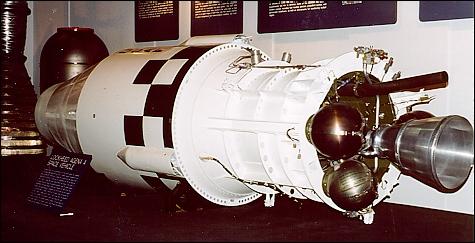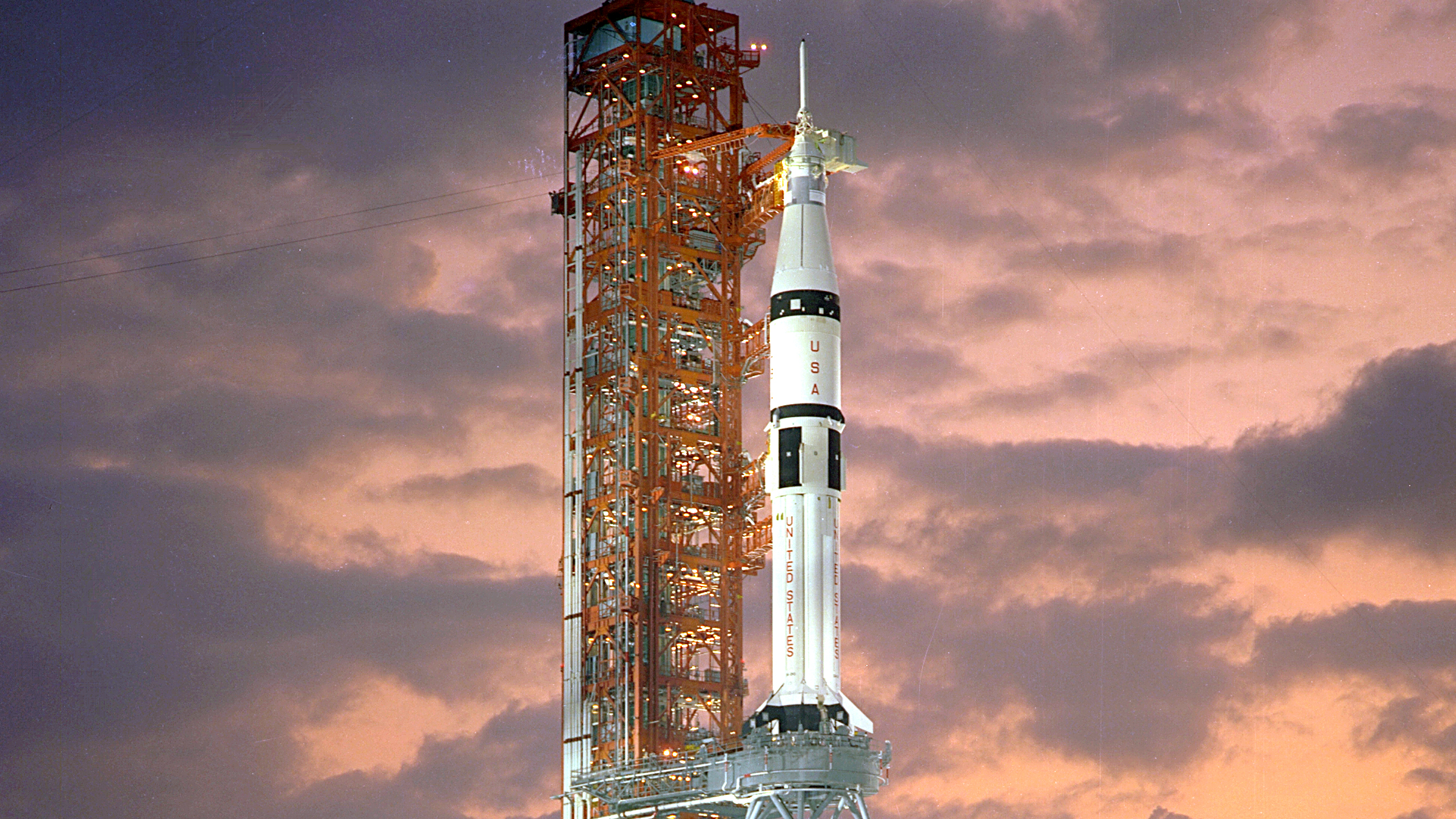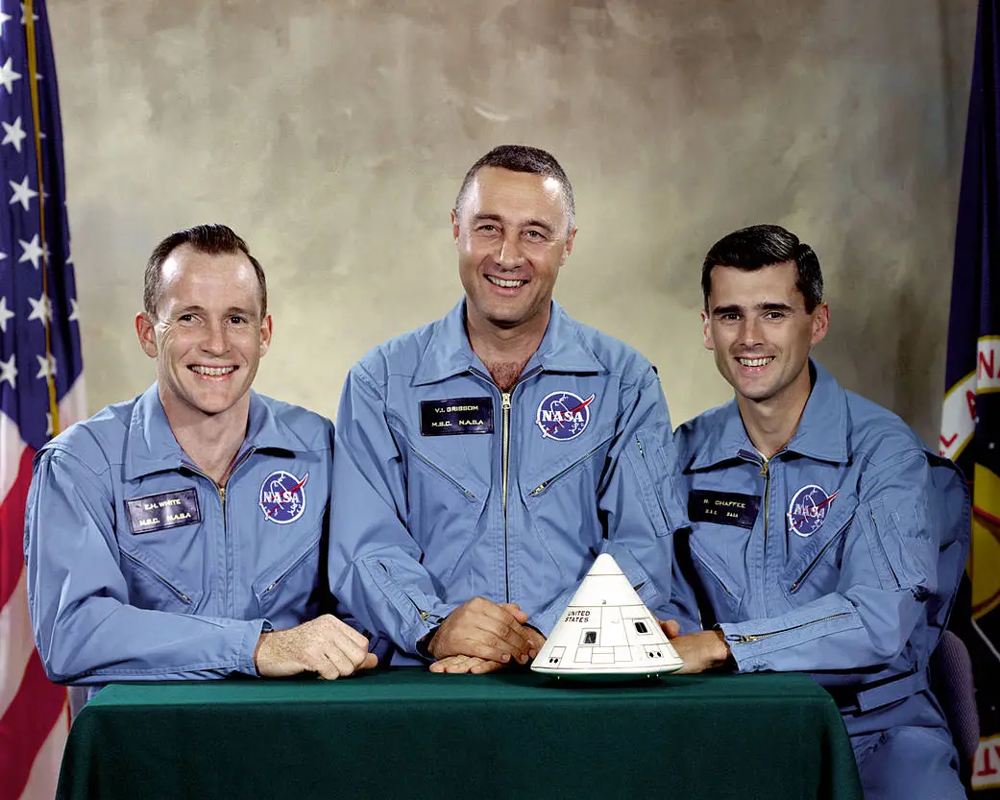· today in space history · 4 min read
The Day America's Revolutionary Rocket Design Made Its Final Flight
Twenty years ago, an Atlas rocket carrying a classified payload lifted off from Cape Canaveral, marking the end of a revolutionary spacecraft design that helped launch America into the Space Age

In the pre-dawn darkness of February 3, 2005, an Atlas 3B rocket illuminated the Florida coastline as it thundered skyward from Cape Canaveral’s Launch Complex 36B. While successful satellite launches from the Cape had become routine by 2005, this flight marked a poignant moment in aerospace history: the final launch of an Atlas rocket featuring the revolutionary “balloon tank” design that had helped America catch up in the Space Race nearly six decades earlier.
A Revolutionary Design Born of Cold War Necessity
In 1947, with the Soviet Union demonstrating increasingly sophisticated missile capabilities, American engineers faced a crucial challenge: how to build rockets powerful enough to deliver nuclear warheads across intercontinental distances while keeping them light enough to actually fly. The solution came from Karel “Charlie” Bossart, a Belgian-American engineer at Convair, who proposed something that seemed to defy common sense – ultra-thin stainless steel tanks that were so delicate they would collapse under their own weight unless pressurized with gas.
The concept was initially met with skepticism. Traditional rocket designs used rigid, self-supporting tanks with thick walls. Bossart’s design called for tank walls barely thicker than a dime, using internal pressure to maintain structural integrity – like a balloon. This radical approach reduced the rocket’s empty weight by up to 40 percent compared to conventional designs.
From Missile to Space Launch Vehicle
What began as a military project soon found a higher calling. When NASA needed reliable rockets for its early space missions, the Atlas, with its efficient balloon tank design, proved to be an ideal foundation. The rocket that launched John Glenn into orbit in 1962 was an Atlas, as were many of America’s early planetary exploration missions.
The design’s success challenged conventional aerospace engineering wisdom. As Robert Goddard, associate administrator of NASA during the Mercury program, noted: “The Atlas taught us that sometimes the most elegant solution is the one that initially seems the most fragile.”
Two Decades of Evolution
By 2005, the Atlas family had evolved considerably from its 1950s origins. The Atlas 3B that flew that February morning featured modern Russian-built RD-180 main engines and solid rocket boosters, but still retained the fundamental balloon tank architecture that had made the original Atlas revolutionary. The final payload was fitting for a rocket with military origins – a classified satellite for the National Reconnaissance Office.
Legacy and Impact
The balloon tank concept represented a crucial milestone in early rocket development. It demonstrated that dramatic weight savings could be achieved through innovative structural design, helping to solve one of the key challenges of early intercontinental ballistic missiles and space launch vehicles. While modern rockets generally use self-supporting tanks with different construction techniques, the Atlas proved that seemingly radical approaches could succeed in aerospace engineering.
The success of the Atlas program validated the use of pressure-stabilized structures for large aerospace vehicles, though the specific balloon tank architecture remained unique to Atlas. The manufacturing precision required for these ultra-thin stainless steel tanks also helped advance metal fabrication techniques of the era. As noted by aerospace historian Roger Launius, “The Atlas balloon tank showed that sometimes the boldest engineering solutions are the ones that work best, even when they seem counter-intuitive at first.”
Looking Forward While Honoring the Past
Today, Launch Complex 36B where that final balloon tank Atlas lifted off stands quiet, though other pads at Cape Canaveral remain busy with a new generation of rockets. Modern vehicles like SpaceX’s Falcon 9 and Blue Origin’s New Glenn represent the latest evolution in rocket design, building on lessons learned from pioneers like the Atlas.
The last flight of a balloon tank Atlas didn’t just mark the end of a specific rocket design – it represented the closing of a chapter in aerospace engineering that began in the early Cold War and helped establish America as a spacefaring nation. As we look toward future challenges in space exploration, the Atlas balloon tank remains a testament to how innovative thinking and elegant engineering can solve seemingly insurmountable problems.
The pressurized tank concept, once considered too radical to work, helped launch astronauts, scientific missions, and critical national security payloads for nearly 60 years. While the last balloon tank Atlas flew twenty years ago today, its legacy lives on in every rocket that lifts off from Cape Canaveral, carrying humanity’s ambitions skyward.

Theodore Kruczek





